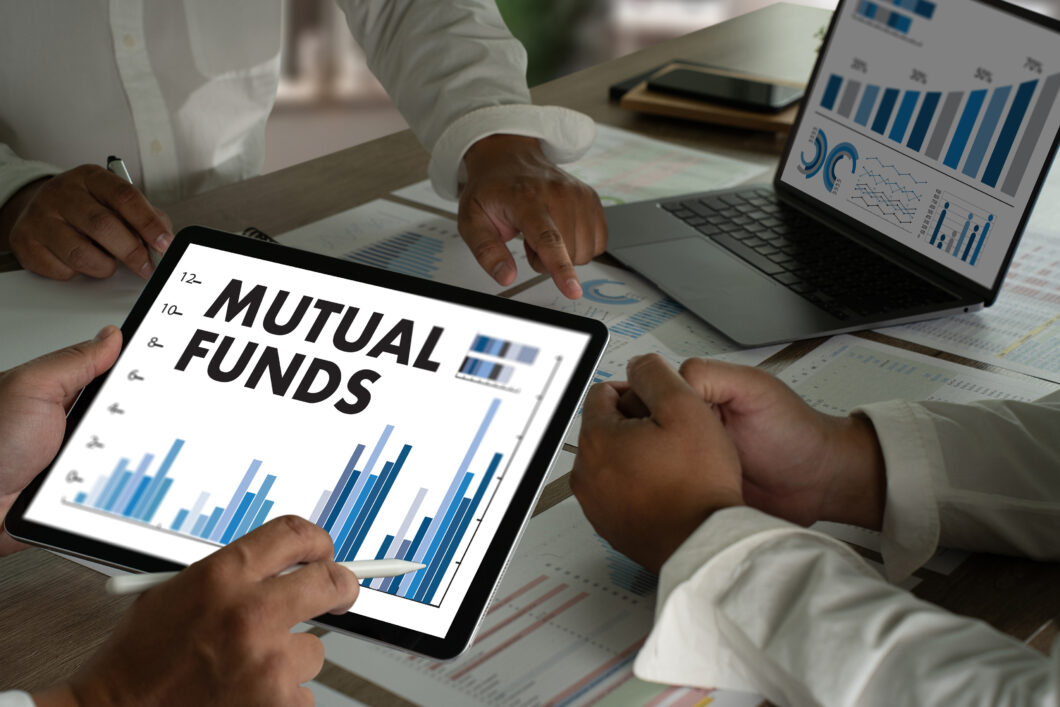Flexibility, reinvestment ability, tax efficiency and long-term returns make ELSS a winner.
There are multiple investment options for saving tax under Section 80C of the Income Tax Act. Quite logically, these come with a lock-in period. It cannot be allowed that for the sake of saving tax you do the investment today and exit after a short period of time. We will discuss one of the many Section 80C options that is relatively more flexible in terms of time — Equity Linked Savings Scheme (ELSS).
These are equity funds and for the portfolio of these funds, there is no restriction on the fund manager, i.e., large cap / small cap, etc. For you, the investor, there is a lock-in period of three years. This lock-in period of three years is relatively lower than the other options under Section 80C. However, we are not recommending only to take advantage of this time period of three years. Equity is a long-term investment, say, 10 or 15 years. The aspects about ELSS that we want to highlight are:
Flexibility
As we just mentioned, you need not withdraw just after completion of three years of investment. Your money becomes free after three years of investment. You may withdraw as and when you require cash flows. It could be after, say, three years or five years or seven years. The longer your money remains invested, the longer it is growing along with the equity market.
Circulation
It may so happen that you do not require cash immediately after three years of investment, but you may not have as much surplus in that year for Section 80C tax-saving investments. In that case, you may withdraw up to Rs 1.5 lakh (depending on your investment shortfall) from your ELSS fund and invest again. The long-term nature of equity investments remains intact, as you have effectively continued for a horizon beyond three years.
Tax efficiency
When you are withdrawing an amount from your ELSS fund after, say, three years of investment, there is more to it than just withdrawal of the amount. Let us say, the equity market grows by approximately 10% per year. You invest Rs 1.5 lakh in an ELSS fund, and after three years, it becomes Rs 2 lakh. When you are withdrawing, say, Rs 1.5 lakh for that year’s tax-saving investment, you are still leaving Rs 50,000 in the fund.
Not only that, the Rs 1.5 lakh you withdraw, includes a principal component and a returns component. As long as the returns component is within Rs 1 lakh, that part is tax-free. As per tax laws, long term capital gains from equity stocks and equity mutual funds, up to Rs 1 lakh per financial year, is tax-free. To be noted, your investment in ELSS fund is eligible for tax benefit under Section 80C, but the returns are not tax-free per se. As an example, dividends from ELSS funds are taxable in your hands as per your slab rates. Long-term capital gains from ELSS funds become tax free, provided you do not have much of other capital gains booked in that year, i.e., it is within Rs 1 lakh.
Long-term returns
In the fixed income options available under Section 80C, you have better visibility on your returns. In equity, over a long horizon of 10 or 15 years, returns are usually better than fixed income. Hence ELSS funds may work for you from that perspective as well. At the cost of repetition, to earn sanguine returns from ELSS funds, you should not have a perspective of three years only, but longer.
It is advisable to start your tax-saving investments at the start of the financial year, so that you can space it out, and not leave it for next March. The concept of SIP works on cost averaging over sustained purchases over a period of time.
Source: https://www.financialexpress.com/money/your-money-what-makes-elss-a-section-80c-topper/2509405/


